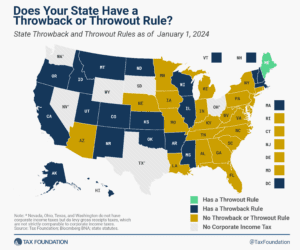Expiring TCJA Tax Provisions in 2026 Would Produce Substantial Tax Hike across the U.S.
At the end of 2025, the individual tax provisions in the Tax Cuts and Jobs Act (TCJA) expire all at once. Without congressional action, most taxpayers will see a notable tax increase relative to current policy in 2026.
4 min read









